Lake Clark National Park may be one of the most beautiful places most people never visit
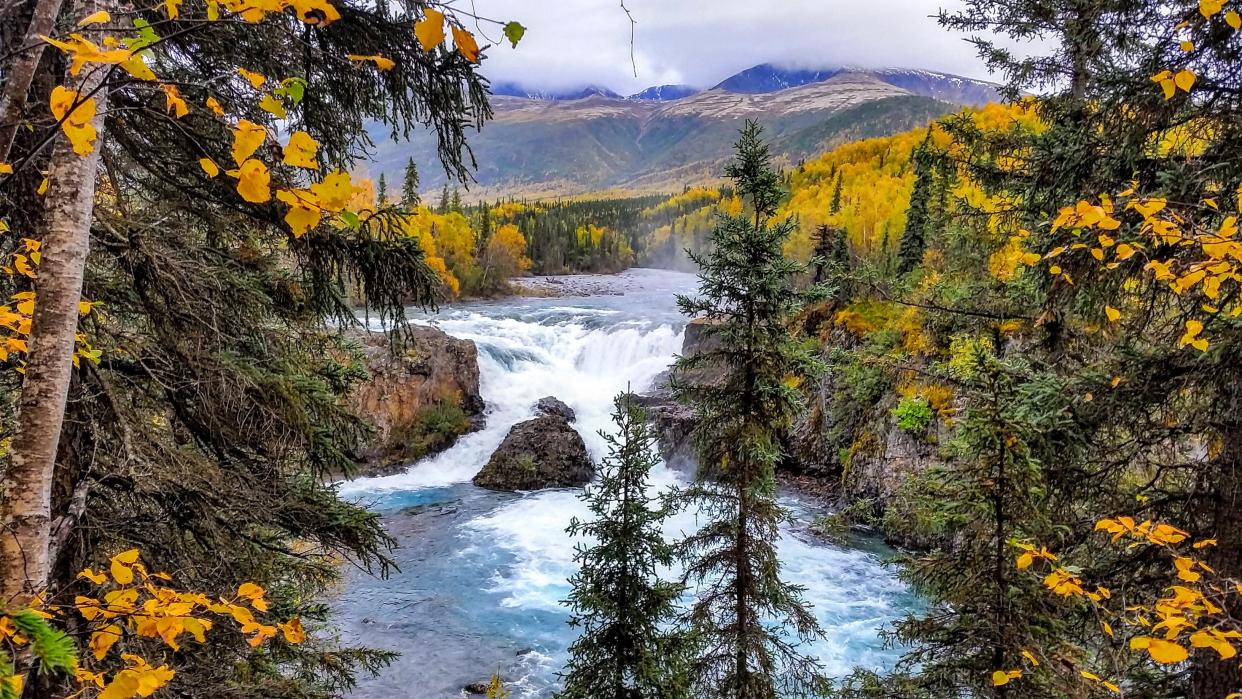
There’s a place where “volcanoes steam, salmon run, bears forage, and craggy mountains reflect in shimmering turquoise lakes.”
Life goes on much like it has for thousands of years, and “people and culture still depend on the land and water,” Chelsea Niles, Program Manager for Interpretation, Education, and Partnerships at Lake Clark National Park and Preserve, told USA TODAY.
It sounds almost too good to be true, but Lake Clark is very real. It’s just not easy to visit.
Here’s what travelers should know about the park in Alaska, the latest in USA TODAY’s yearlong national park series.
What is special about Lake Clark?
According to the park’s website, “Lake Clark was established to protect a region of dynamic geologic and ecological processes that create scenic mountain landscapes, unaltered watersheds supporting Bristol Bay red salmon, and habitats for wilderness dependent populations of fish and wildlife, vital to 10,000 years of human history.”
That human history continues to this day.
“Lake Clarks is ‘peopled wilderness’ where people come together, traditions are passed, and place is still celebrated by many after thousands of years of inhabitation,” Niles said.
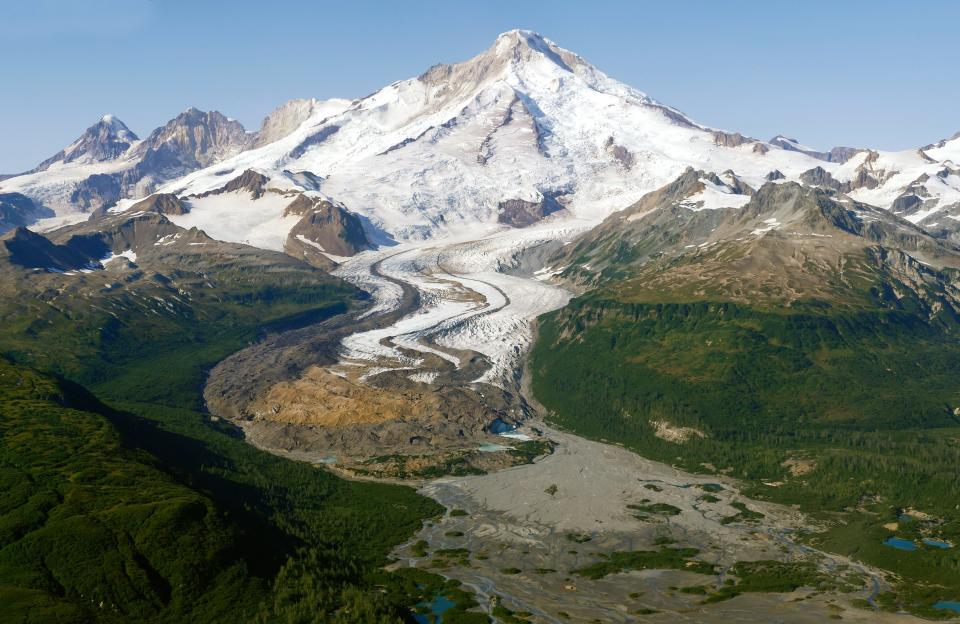
Who are the Native people of Lake Clark?
The Dena’ina people call Lake Clark home and have for millennia, according to the park’s website, which adds that Yup'ik and Sugpiaq peoples also had a presence on the land.
In a video on the park’s website, Lake Clark’s cultural anthropologist Karen Evanoff, who is Dena'ina, said, “We still live a subsistence lifestyle. We get a lot of our food from the land, and there’s much more to it, though. There’s a spiritual component. There’s values and beliefs and a whole way of life that revolves around living from the outdoors.”
Niles noted that Lake Clark’s original name, Qizhjeh Vena, means “a place where people gather lake” in Dena’ina.
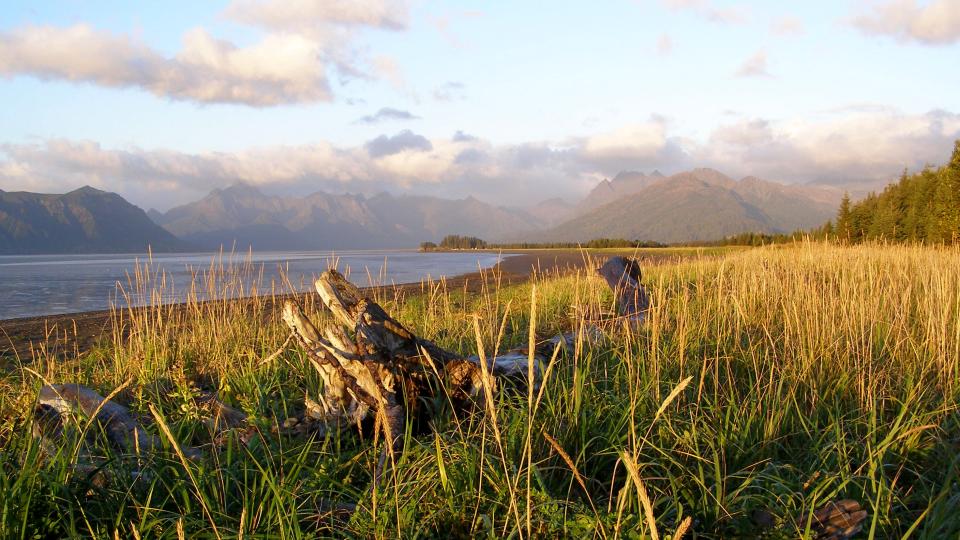
Can you drive into Lake Clark National Park?
No. Like several other national parks in Alaska, Lake Clark is not on the road system. Located about 120 miles from Anchorage, most visitors arrive by small plane, according to the park’s website, which shares a list of authorized air taxi companies.
“The reality is that it can be costly to visit, but the cost will depend on the experience someone is looking for,” Niles said. “Do you want to camp or stay in a full-service lodge? Do you want to have a guided bear viewing or fishing experience or are you hoping for a solo hike through the wilderness?”
She noted the cheapest way to see the park is virtually, through the park’s website and other online resources.
“With recognition that a visit to Lake Clark is cost prohibitive for many, we make (a) notable effort to provide an exceptional digital visitor experience,” she said, adding travelers who do visit Alaska can see some parts of the park from miles away. “You can actually see the park all the way from Anchorage to Homer. Lake Clark National Park and Preserve is located across the Cook Inlet in the viewshed of over 40% of Alaska’s population and millions of annual visitors.”
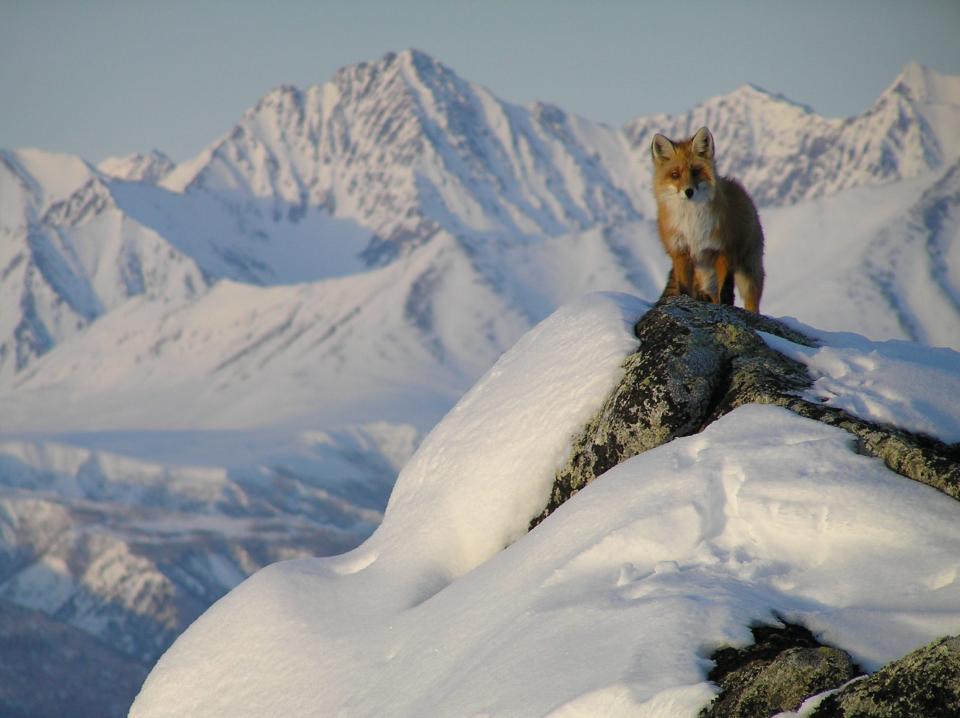
How deep is Lake Clark in Alaska?
Lake Clark’s namesake lake reaches a depth of around 870 feet, according to the park’s website.
Spanning 128 square miles, Niles notes it’s the sixth-largest lake in Alaska.
Other lakes in the park and preserve are not as deep.
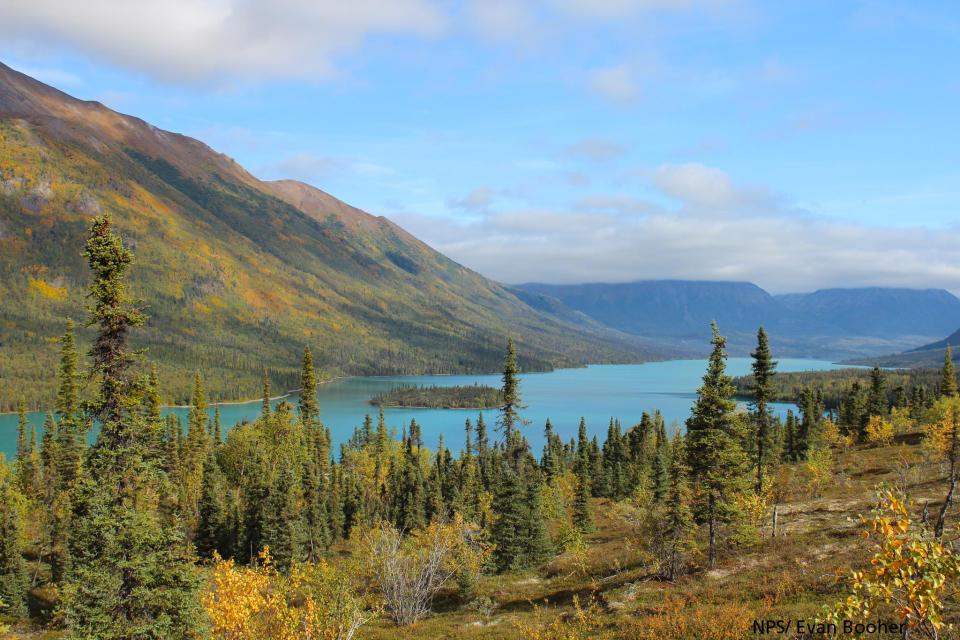
Can you swim in Lake Clark?
“Technically yes, but it’s very cold,” Niles said. “More often, we see people paddling or boating. Being on water in Lake Clark National Park and Preserve is challenging in any case and we ask visitors to be proactive about their safety.”
Visitors are encouraged to watch the weather because lake conditions can shift quickly and small waves can turn into white caps within an hour.
“The frigid water and windy, wet weather are unforgiving,” Niles added.
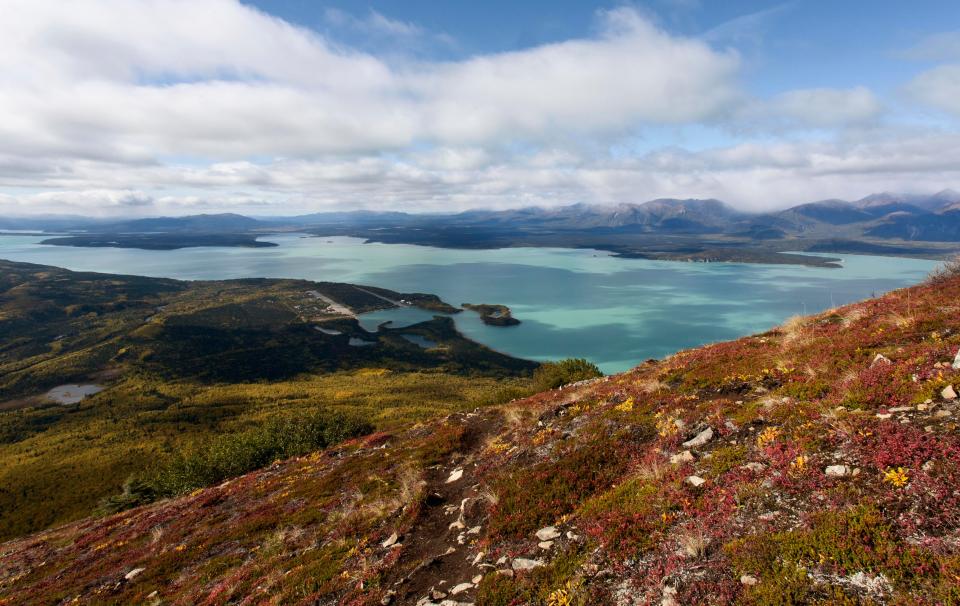
What are some fun facts about Lake Clark?
The park and preserve span more than 4 million acres, which is larger than Connecticut and Rhode Island combined, according to Lake Clark’s website.
Within Lake Clark’s borders are four places on the National Register of Historic Places, three designated National Wild Rivers, two National Natural Historic Landmarks and a National Historic Landmark. There are also two active volcanoes on the Pacific Ring of Fire, Mount Iliamna and Mount Redoubt, shared Niles.
Up to 3.1 million sockeye migrate into Lake Clark each year and “the actions, policy, and advocacy of this land impacts fisheries on a global scale,” according to Niles.
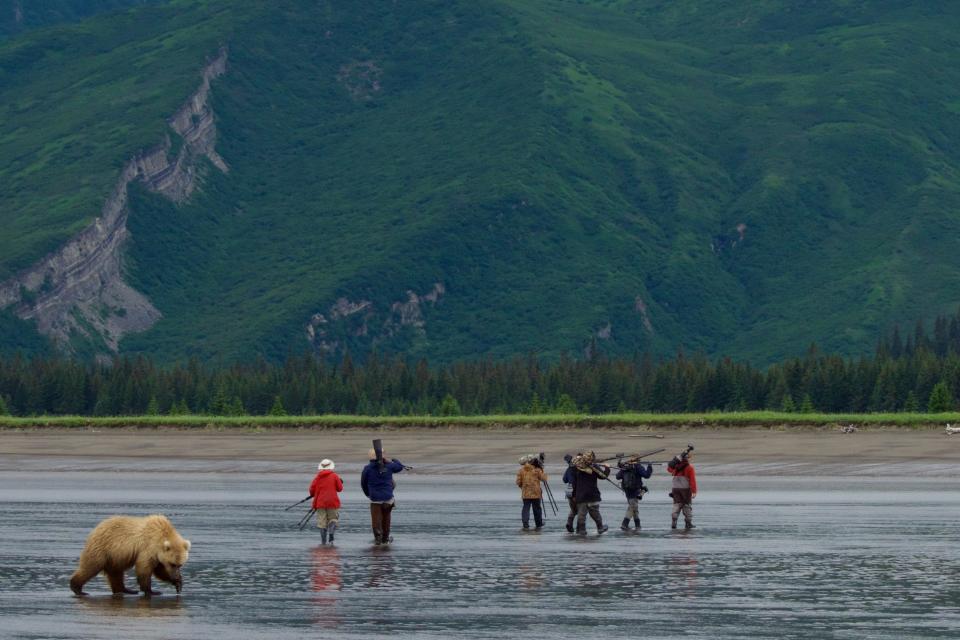
This article originally appeared on USA TODAY: Discover Lake Clark National Park, a natural treasure in Alaska

